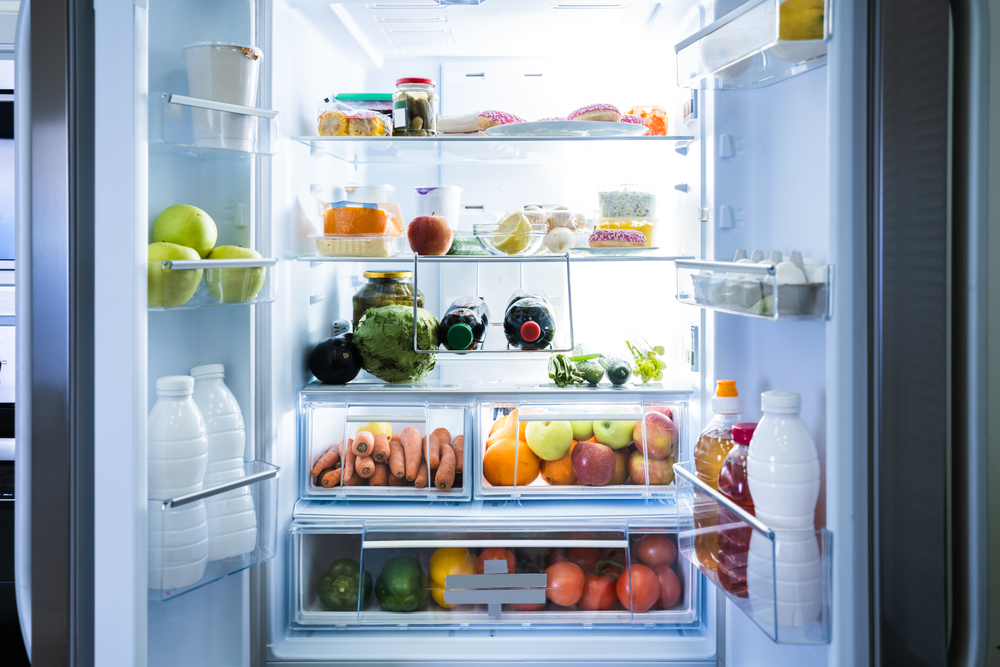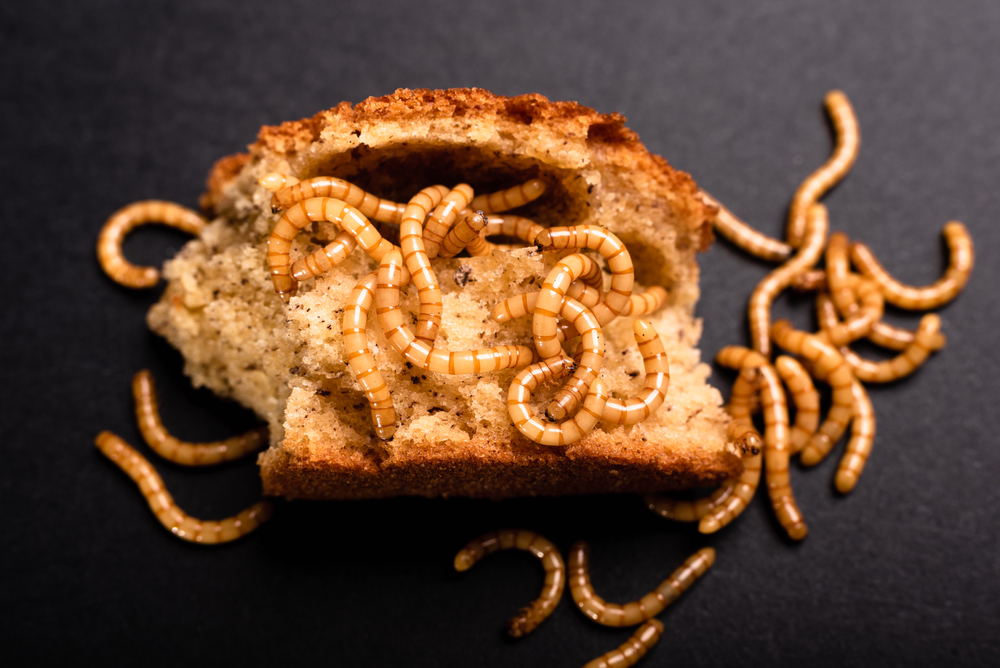External PhD student Wieke van der Vossen-Wijmenga studies food safety in domestic kitchens. Her latest publication describes the link between domestic refrigerator temperatures and Listeria infections.
‘Listeria monocytogenes is a bacterium that does not make many people sick, but when it does, the effects can be severe’, says Van der Vossen. The bacterium propagates even in refrigerators, which primarily affects foods that are ready to eat and are thus not heated before consumption. Cold cuts, for example. ‘The bacterium mainly affects those with compromised immune systems, such as the elderly and pregnant women. Education can prevent many such issues.’
Refrigerator thermometer
A view of the current situation is needed to formulate recommendations. ‘But we lacked current data on the refrigerator temperatures in Dutch households’, Van der Vossen clarifies. ‘So, we began by asking well over one thousand people to complete a survey. The questionnaire included questions on how long they would keep cold meats in their fridge and whether they knew to what temperature their fridge was set.’
Subsequently, about half of the respondents were sent a refrigerator thermometer. ‘They recorded the temperatures at different spots in their refrigerator. The average fridge temperature is 5.7 degrees Celsius. Nonetheless, thirty per cent of the respondents have set temperatures over seven degrees. There were also extremes as high as 16 degrees. Moreover, the temperatures on the top shelf can be as much as two degrees higher than those on the bottom shelf.’
Simulations
Van der Vossen went on to simulate how fast Listeria monocytogenes multiply on various types of cold meats at different temperatures after a varying number of days. ‘Bacteria such as Listeria monocytogenes grow exponentially. If you store boiled ham of the kind you might use in your sandwich at 4 degrees Celsius, the number of Listeria monocytogenes increases by a factor of seven. However, the growth factor increases to 800 at 12 degrees and to 1.4 million at 12 degrees. That significantly increases the risk of infection!’
The data collected through the surveys, the recorded temperatures and the simulations enabled her to estimate how many and which people could fall ill as a result of the Listeria bacteria. ‘The large majority (some 80 per cent) are older people. The data we gathered shows that these are also the people who generally set their fridges at higher temperatures than younger respondents. Our education efforts focus mainly on pregnant women, but we now know that the older target group is also a group we must keep in mind.’
Recommendations
‘These simulations also enabled us to calculate how many incidents of illness may be prevented if people were to set their refrigerators to seven degrees or store their cold cuts for shorter periods. This is what I like about this study; we started with fieldwork, followed by highly theoretical modelling and scenarios, and now we conclude with practical information that is to be included in recommendations.’
Van der Vossen shares a quick tip for those who are now rushing to their home fridge in a panic. ‘Set your refrigerator to four degrees Celsius.’ If you are uncertain about the real temperature, buy a simple thermometer for a few euros. ‘And think about where you store what: perishable foods on the lower shelves, and condiments and sodas on the upper shelves.’

 ‘Keeping cooked ham in the refrigerator at 4 degrees during a week increases the number of Listeria monocytogenes sevenfold. At eight degrees, the number increases eight hundred times, and as much as 1.4 million tomes at 12 degrees.’ Photo Shutterstock
‘Keeping cooked ham in the refrigerator at 4 degrees during a week increases the number of Listeria monocytogenes sevenfold. At eight degrees, the number increases eight hundred times, and as much as 1.4 million tomes at 12 degrees.’ Photo Shutterstock 

